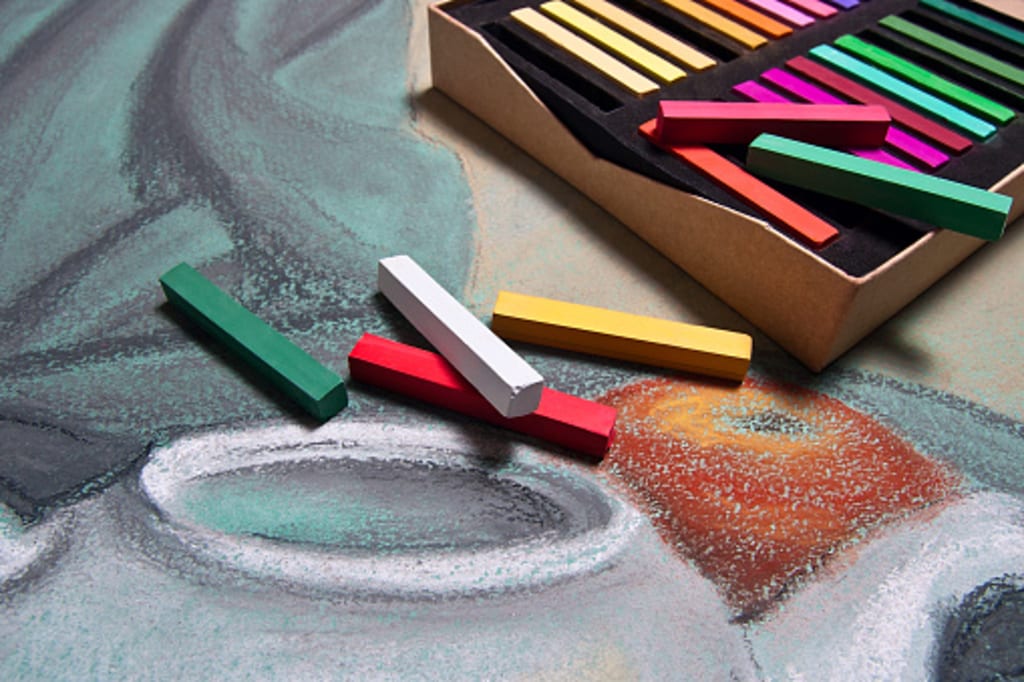
Oil pastel painting is a wonderful way to explore the world of art and express your creativity. Whether you are a complete beginner or an experienced artist looking to try out a new medium, oil pastels offer a versatile and accessible option that can yield stunning results.
In this article, we will take a closer look at oil pastel painting and offer some tips and advice for beginners who are just starting out on their oil pastel art journey.
What are Oil Pastels?
Oil pastels are a type of art medium that uses a wax binder and pigments to create vivid and vibrant colors. They are similar to soft pastels, but the wax binder in oil pastels makes them easier to work with and less prone to crumbling.
One of the advantages of oil pastels is that they can be used on a variety of surfaces, including paper, canvas, and board. This makes them a versatile medium for artists who want to experiment with different textures and effects.

Oil pastels also offer a wide range of techniques that artists can use to create different effects in their work. These include blending, layering, and scumbling, as well as using tools like brushes, blending stumps, and spatulas.
History
Oil pastels were invented in Japan in the 1920s by the artist Kanae Yamamoto. He developed a new type of pastel that used wax instead of the traditional gum binder. This allowed the pastel to be more versatile and allowed for a wider range of effects to be achieved.
The use of oil pastels became popular in the 1940s and 1950s when artists like Pablo Picasso and Henri Goetz began to use them in their work. Picasso in particular was a great fan of oil pastels, using them to create bold and colorful paintings.
In the 1960s, oil pastels became more widely available and affordable, leading to an explosion in their popularity. Artists like Robert Rauschenberg and Alex Katz began to use them in their work, creating stunning pieces that showcased the versatility and vibrancy of the medium.
Today, oil pastels continue to be a popular medium for artists around the world. They are available in a wide range of colors and brands, making them accessible to artists of all skill levels. Their versatility and ease of use make them a great choice for artists who want to experiment with color and texture in their work.
The history of oil pastels is one of innovation and creativity, with artists pushing the boundaries of what is possible with this versatile medium. From its origins in Japan to its popularity today, oil pastels continue to inspire artists and captivate audiences with their beauty and vibrancy.
Getting Started with Oil Pastels
If you are a beginner looking to start your oil pastel art journey, there are a few basic supplies that you will need to get started. These include:
Oil pastels: Choose a set of quality oil pastels that offer a range of colors and hues. Some popular brands include Sennelier, Holbein, and Faber-Castell.
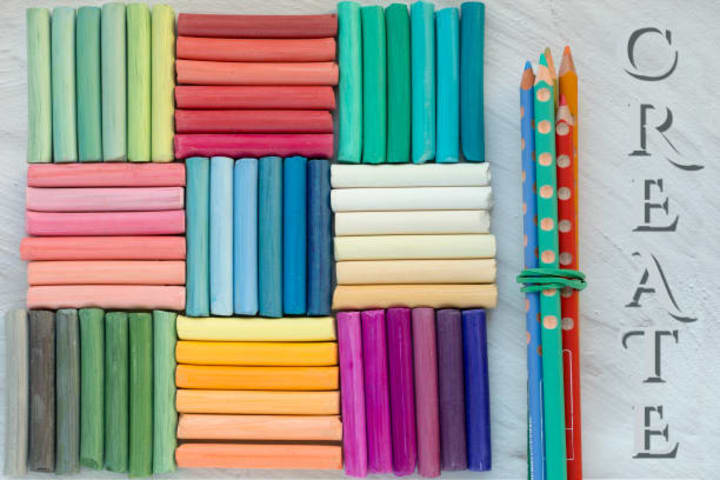
Paper or other surfaces: Oil pastels can be used on a variety of surfaces, but paper is a good place to start. Choose a high-quality paper that is designed for oil pastel painting, such as Strathmore 400 Series Pastel Paper or Canson Mi-Teintes Paper.
Blending tools: You will need a variety of blending tools to achieve different effects with your oil pastels. These may include blending stumps, brushes, and spatulas.

Fixative spray: A fixative spray is used to protect your finished work from smudging and fading. Choose a fixative that is specifically designed for oil pastels, such as Krylon Workable Fixative.
Once you have your supplies, it's time to start experimenting with your oil pastels. Here are some tips to help you get started:
Start with simple exercises: Before diving into a full-scale oil pastel painting, try some simple exercises to get familiar with the medium. For example, you could try blending two colors together to create a gradient or layering different colors to create texture.
Experiment with different techniques: Oil pastels offer a wide range of techniques that you can use to create different effects in your work. Try experimenting with different techniques, such as blending, layering, and scumbling, to see what works best for you.
Build up your layers: To create a rich and vibrant oil pastel painting, you will need to build up multiple layers of color. Start with a light layer and gradually build up your colors, blending as you go.
Use fixative spray: Once you have finished your oil pastel painting, use a fixative spray to protect it from smudging and fading. Hold the spray can about 10 inches away from your painting and spray in short, even bursts.
Don't be afraid to make mistakes: Oil pastels are a forgiving medium that allows you to easily correct mistakes or make changes to your work. Don't be afraid to experiment and try new things, even if they don't work out perfectly.
Types
Oil pastels are a versatile medium, which can be used to create a wide range of paintings. Here are some of the most common types of oil pastel paintings:
Landscape paintings: Oil pastels are great for creating vivid and colorful landscape paintings. Artists can use different techniques to create textures and layers that capture the essence of nature.
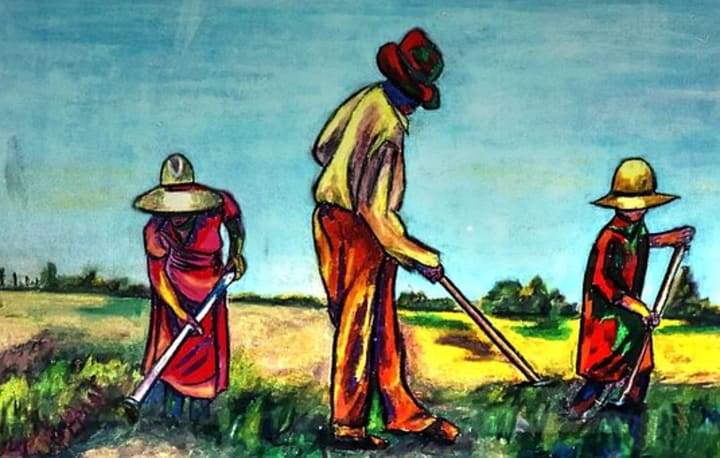
Portrait paintings: With their bright colors and smooth texture, oil pastels can be used to create stunning portraits that capture the essence of a person's features and expressions.
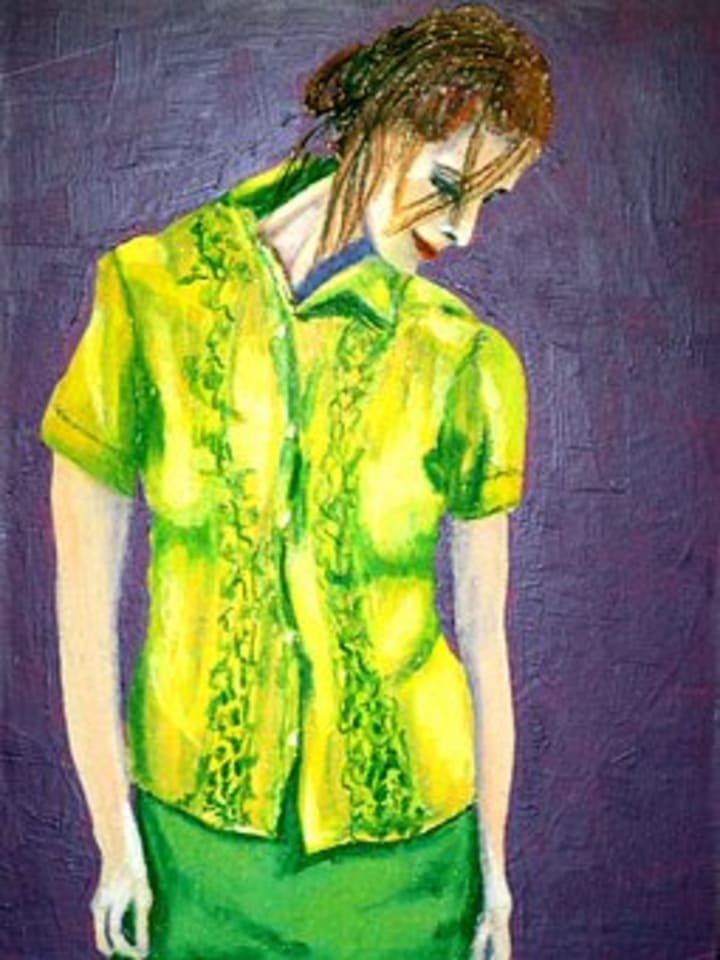
Still-life paintings: Oil pastels can be used to create stunning still-life paintings that capture the beauty and simplicity of everyday objects. These paintings can be created with a variety of textures and layers to add depth and dimension.
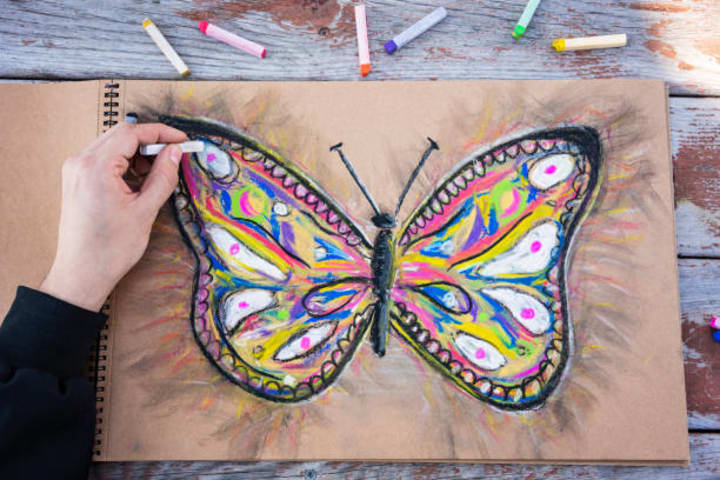
Abstract paintings: Oil pastels are great for creating abstract paintings that capture the essence of color and form. These paintings can be created with a variety of techniques, from layering to blending, to create unique and stunning works of art.

Animal and wildlife paintings: Oil pastels can be used to create stunning paintings of animals and wildlife, capturing the essence of their features and movements. These paintings can be created with a variety of textures and layers to add depth and dimension.

Fantasy and surreal paintings: Oil pastels are also great for creating fantasy and surreal paintings that capture the essence of imagination and creativity. These paintings can be created with a variety of techniques and colors to create unique and stunning works of art.
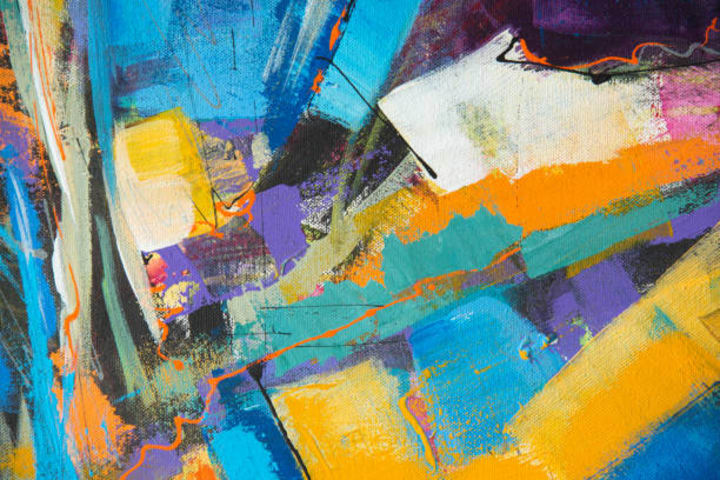
No matter what type of oil pastel painting you choose to create, remember to experiment with different techniques and have fun with your creativity.
Conclusion
Oil pastel painting is a wonderful way to explore your creativity and express yourself through art. Whether you are a beginner or an experienced artist, there is always something new to learn and discover in the world of oil pastels.
By following these tips and advice, you can start your oil pastel art journey with confidence and create stunning works of art that showcase your unique style and creativity.
Remember to start with simple exercises and experiment with different techniques to find what works best for you. Build up your layers gradually, using fixative spray to protect your finished work, and don't be afraid to make mistakes or try new things.
With practice and patience, you can create beautiful oil pastel paintings that capture the essence of your creativity and bring joy and inspiration to those who view them.
So go ahead and dive into the world of oil pastels – your art journey awaits!
About the Creator
Gokila
She is an astrophile, introvert,
loves to read books all day long,
addicts in healthy lifestyle
and having curiosity to know about new things.
Life Is As Beautiful As You Make It. Contentment Is The Key To Happiness. Peace Be Upon The Saviour.




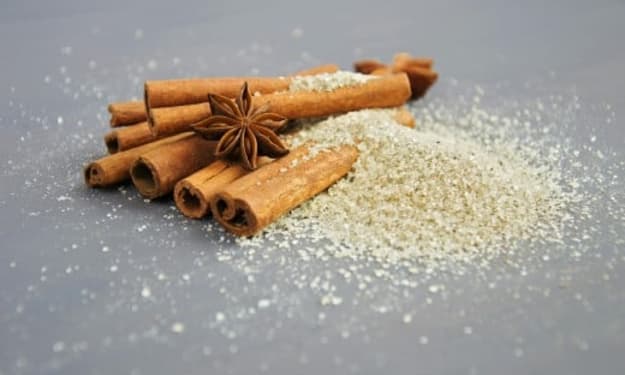

Comments (2)
A very thorough introduction to the medium. Well done!
Useful Artilce